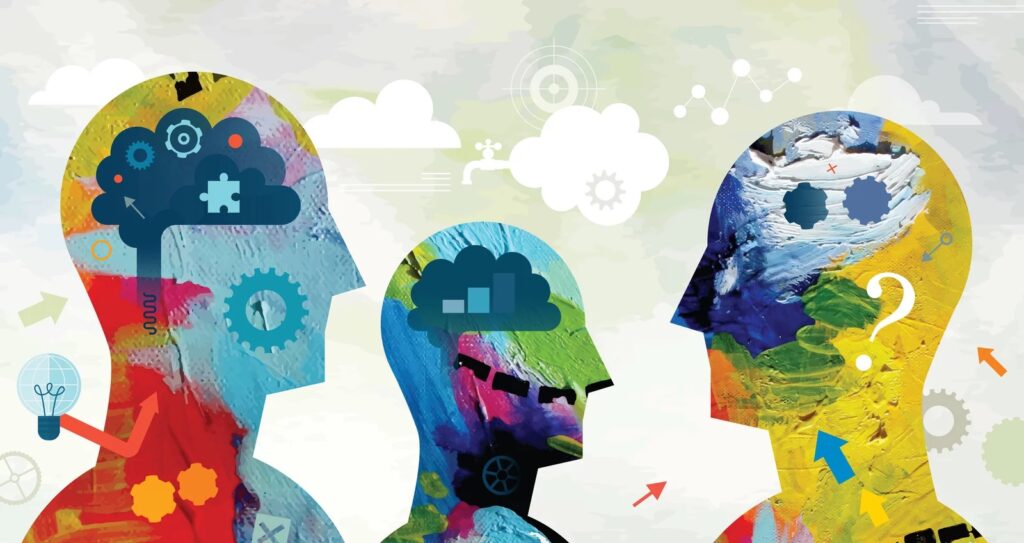
When we were in the process of upfitting our new office at 125 Rhett, we spent the bulk of our planning time thinking about the office spaces, flow, and versatility of the space. What was saved for last?
Selecting the right art for our beautiful new office.
Recently, Terri and Brian Doiron returned from Italy, where they immersed themselves in the art and history of the country. Specifically, Terri relished the opportunity to see the Renaissance paintings of Luca Signorelli, a distant ancestor, in person.
The Doirons, like many architect/designer families, are obsessed with the arts. Their children all play an instrument or dance, even pursuing career opportunities focused on their unique gifting.
As it turns out, according to a growing number of scientific studies, art has a measurable effect on the brain and its structure. A person’s neural circuitry literally changes while making or appreciating art–making the brain better prepared to acquire skills relating to math and science (NPR SOURCE).
When we make art, we increase the brain’s plasticity and adaptability in response to new experiences.
The linkages to architecture and art—while also blending math and science—are certainly obvious. Junior Partner Micah Smith drafts for fun and collects colorful tattoos representing his passion for creativity that tells a story. Principal Mike Coleman meets with a local club that gathers to do urban sketching.
The designers and architects on our team recognize the power of art to literally make their brains better–and yield stronger work products in the process.
That’s why we are taking so long to finish selecting the art in our office.
That’s why we have supported important nonprofit organizations and schools in our community like the Greenville Fine Arts Center.
And that is why we will always prioritize the opportunities for employees in the firm to strengthen their artistic pursuits in whatever way that looks like.
Making or appreciating the arts also improves mental health by releasing “feel-good” hormones like endorphins, serotonin and dopamine.
Happy and more creative architects and designers? Yes, please, to more art.
